The women’s shoe industry has consistently shown promising growth in recent years, with a wide range of styles and designs attracting a large customer base. This article aims to provide a comprehensive overview of the women’s shoe sales market, including key trends, marketing strategies, and major players in the industry. Understanding the dynamics of this market can help businesses identify opportunities and develop effective strategies to thrive in the competitive world of women’s shoe sales. 1. The Growing Demand for Women’s Shoes: Women’s shoe sales have witnessed remarkable growth worldwide due to factors such as changing fashion trends, increased disposable income, and the growing influence of social media. Shoes are no longer seen as just a necessity but have evolved into a fashion statement, reflecting individual style and personality. 2. Fashion Trends Shaping the Market: Fashion trends heavily influence women’s shoe sales, with each season bringing new styles and designs. From classic pumps and sneakers to trendy sandals and boots, the industry must continually innovate to meet rapidly changing consumer preferences. Emerging trends include sustainable and eco-friendly footwear, athleisure-inspired styles, and luxury designer collaborations.
leather
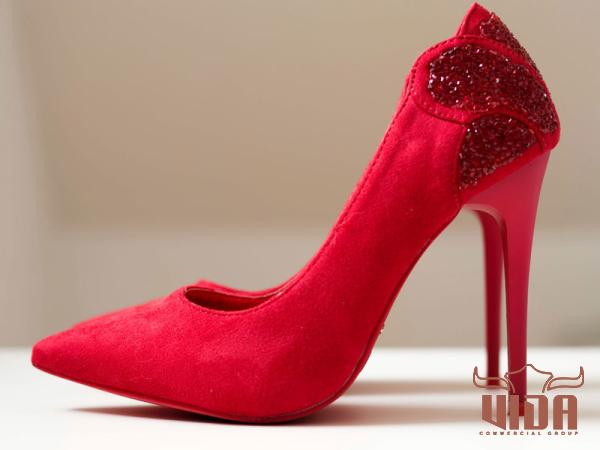 3. Key Players in the Women’s Shoe Sales Market: Several brands dominate the women’s shoe sales market globally. Major international players include Nike, Adidas, Puma, Birkenstock, Steve Madden, and Jimmy Choo. These companies have built strong brand identities, reflecting quality and style. However, there is also a significant market for smaller, independent brands that cater to niche markets or offer unique designs. 4. Marketing Strategies for Women’s Shoe Sales: The success of women’s shoe sales relies heavily on effective marketing strategies. Companies have adopted various approaches to attract and retain customers. Some popular strategies include celebrity endorsements, influencer marketing, social media promotions, pop-up shops, and collaborations with popular fashion brands. Brands must invest in comprehensive marketing campaigns encompassing both traditional and digital channels to maximize reach and engagement.
3. Key Players in the Women’s Shoe Sales Market: Several brands dominate the women’s shoe sales market globally. Major international players include Nike, Adidas, Puma, Birkenstock, Steve Madden, and Jimmy Choo. These companies have built strong brand identities, reflecting quality and style. However, there is also a significant market for smaller, independent brands that cater to niche markets or offer unique designs. 4. Marketing Strategies for Women’s Shoe Sales: The success of women’s shoe sales relies heavily on effective marketing strategies. Companies have adopted various approaches to attract and retain customers. Some popular strategies include celebrity endorsements, influencer marketing, social media promotions, pop-up shops, and collaborations with popular fashion brands. Brands must invest in comprehensive marketing campaigns encompassing both traditional and digital channels to maximize reach and engagement.
Specifications of leather
 5. E-commerce and Online Sales: The rise of e-commerce has revolutionized the women’s shoe sales market. Online shopping offers convenience, a wider product range, and competitive prices. Bricks-and-mortar stores now face the challenge of maintaining foot traffic and providing unique in-store experiences. Brands must adapt to the changing landscape by optimizing their online presence, investing in user-friendly websites, and leveraging digital marketing techniques to target a broader audience. 6. The Impact of Consumer Preferences: Women’s shoe sales are significantly influenced by consumer preferences, which are often driven by factors such as comfort, quality, style, and price. Customers look for shoes that not only align with current trends but also offer durability and value for money. Additionally, increasing concerns about ethical and sustainable manufacturing practices have led to a growing demand for eco-friendly footwear.
5. E-commerce and Online Sales: The rise of e-commerce has revolutionized the women’s shoe sales market. Online shopping offers convenience, a wider product range, and competitive prices. Bricks-and-mortar stores now face the challenge of maintaining foot traffic and providing unique in-store experiences. Brands must adapt to the changing landscape by optimizing their online presence, investing in user-friendly websites, and leveraging digital marketing techniques to target a broader audience. 6. The Impact of Consumer Preferences: Women’s shoe sales are significantly influenced by consumer preferences, which are often driven by factors such as comfort, quality, style, and price. Customers look for shoes that not only align with current trends but also offer durability and value for money. Additionally, increasing concerns about ethical and sustainable manufacturing practices have led to a growing demand for eco-friendly footwear.
buy leather
 7. Competitive Pricing and Profit Margins: Pricing strategies play a crucial role in the women’s shoe sales market. While luxury designer brands command higher price tags, mid-range and budget-friendly brands target price-sensitive shoppers. Effective pricing strategies involve striking a balance between perceived value and quality. By understanding consumer preferences and analyzing market trends, businesses can optimize their pricing structures while maintaining healthy profit margins. 8. Future Outlook and Opportunities: The women’s shoe sales market is expected to continue its upward trajectory, driven by evolving fashion trends, increasing disposable income, and a growing customer base. However, companies must be agile and adaptable to remain competitive in this ever-changing industry. Opportunities for growth lie in expanding product offerings, adopting sustainable practices, leveraging technological advancements, and exploring emerging markets. Conclusion: The women’s shoe sales market presents significant opportunities for businesses to prosper. By staying attuned to fashion trends, adapting marketing strategies to the digital age, and catering to evolving consumer preferences, companies can position themselves for success. However, to thrive in this competitive industry, businesses need to prioritize quality, innovation, and customer satisfaction to build strong brand identities that resonate with women of all ages and styles.
7. Competitive Pricing and Profit Margins: Pricing strategies play a crucial role in the women’s shoe sales market. While luxury designer brands command higher price tags, mid-range and budget-friendly brands target price-sensitive shoppers. Effective pricing strategies involve striking a balance between perceived value and quality. By understanding consumer preferences and analyzing market trends, businesses can optimize their pricing structures while maintaining healthy profit margins. 8. Future Outlook and Opportunities: The women’s shoe sales market is expected to continue its upward trajectory, driven by evolving fashion trends, increasing disposable income, and a growing customer base. However, companies must be agile and adaptable to remain competitive in this ever-changing industry. Opportunities for growth lie in expanding product offerings, adopting sustainable practices, leveraging technological advancements, and exploring emerging markets. Conclusion: The women’s shoe sales market presents significant opportunities for businesses to prosper. By staying attuned to fashion trends, adapting marketing strategies to the digital age, and catering to evolving consumer preferences, companies can position themselves for success. However, to thrive in this competitive industry, businesses need to prioritize quality, innovation, and customer satisfaction to build strong brand identities that resonate with women of all ages and styles.
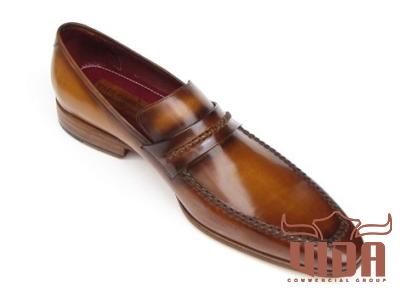

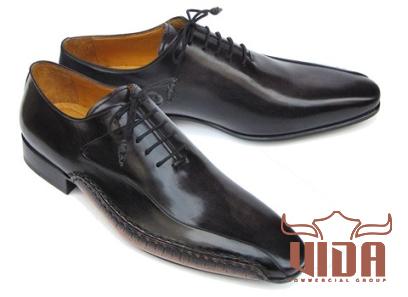
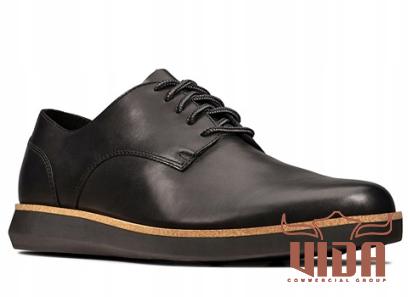
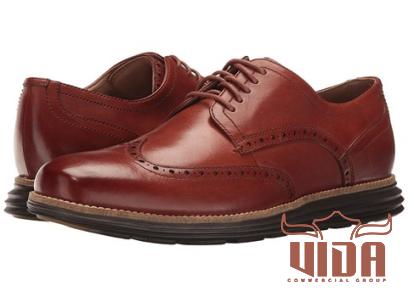
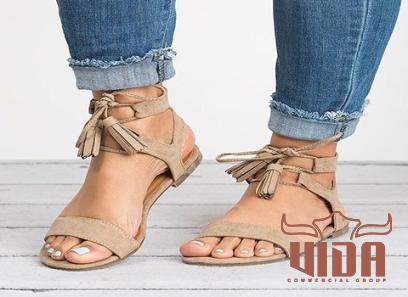
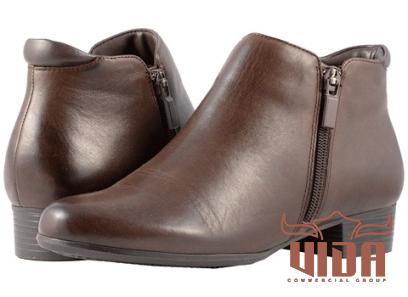



Your comment submitted.